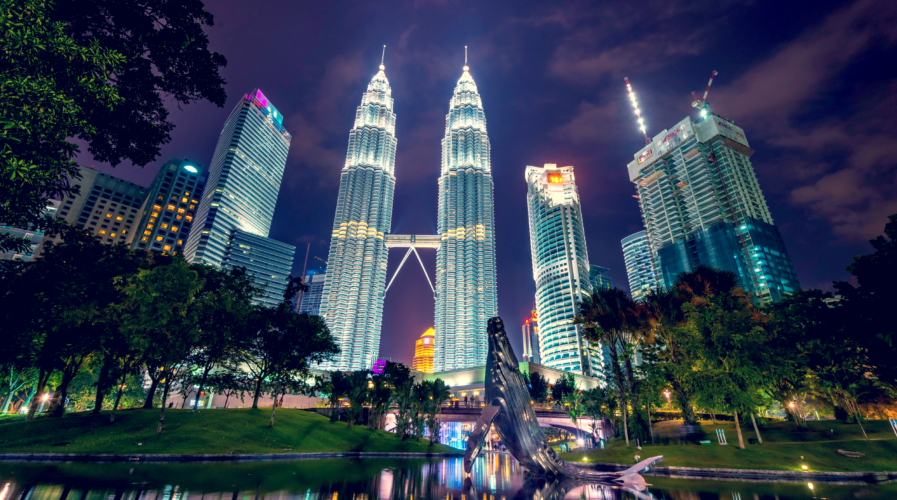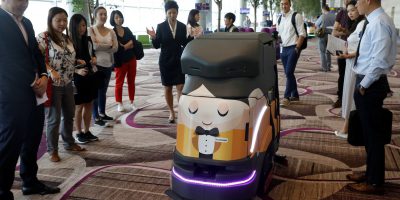
Source: Shutterstock
New AI park could add tech muscle to Malaysia
- The developers of the new Malaysia AI park initiative hope that the 5-year project will draw FDI and add robustness to the local E&E sector
- In the Malaysian manufacturing sector, 38% of the contribution came from the E&E sector, one of the main contributors to the nation’s GDP
Malaysia will soon build its first artificial intelligence (AI) park in the country, as it looks to attract international interest and add muscle to the local electrical and electronics (E&E) industry.
The country, specifically northern manufacturing hub Penang, is already well-established in the regional semiconductor market, and the entry of an AI development node should push local manufacturing and supply chain management, as well solidify the country’s fledgling semiconductor industry with the deployment of AI.
“Semiconductor is basically the brain of AI technology. The AI park is a very important project that can bring Malaysia to the next level and it will certainly be a national agenda for the government to create a high-tech industry and create high-value jobs for the country, ” Dr. James Tee told local daily StarBiz.
Tee was recently appointed as an executive director of G3 Global Bhd, which last year agreed with Chinese firms SenseTime Group and China Harbour Engineering Co to set up the first Malaysia AI park with investment totaling US$1 billion (RM4.15 billion) over the next five years.
Tee was certain that AI will become mainstream in the years to come and when that happens, coupled with the convergence of technology including blockchain, big data, and other transformational tech, it will boost local semiconductor industry growth and ultimately drive growth in the E&E sector on which it’s reliant.
“Malaysia is in a very strong position because we are traditionally very strong in semiconductor and manufacturing so we want to ride on the existing strength of Malaysia to continue to lead Southeast Asia in terms of AI technology and its deployment,” he said.
“We believe this is a very important step for Malaysia to step out and step up for us to take a leap through our AI park and AI city development,” commented Tee, who added that the Malaysia AI park initiative will be driven by private investment, including from overseas, and so will not tax overstrained public coffers.
The Malaysia AI park would place greater emphasis on research and development, commercialization, and innovation of new technologies, and increase national productivity and growth by incorporating AI and other emerging technologies into its growth sectors, including semiconductors and E&E.
In the Malaysian manufacturing sector, 38% of the contribution came from the E&E sector, the bulk (or 23%) of which from semiconductors. “This is where AI comes in because it is plugged into the supply chain of the E&E sector,” stated Dr. Tee. “And it is not just the semiconductor that will benefit.”
“Those in integrated circuit design, those who do test, measurement, and packaging are all going to fit into that growth. The growth in AI will support E&E manufacturing and that gives our economy a very strong boost, especially when our services and mining sectors are coming under tremendous pressure,” he said.
One of G3’s strategic goals is for a Malaysia AI park to position the nation as an AI and digital hub for the ASEAN region, something Malaysia’s neighbors like Indonesia and Singapore are also pursuing. Singapore has been attracting large overseas investments for some time now, while Indonesia has formulated a national AI blueprint to help it get ahead on the AI curve between 2020 and 2045.
READ MORE
- Ethical AI: The renewed importance of safeguarding data and customer privacy in Generative AI applications
- How Japan balances AI-driven opportunities with cybersecurity needs
- Deploying SASE: Benchmarking your approach
- Insurance everywhere all at once: the digital transformation of the APAC insurance industry
- Google parent Alphabet eyes HubSpot: A potential acquisition shaping the future of CRM


